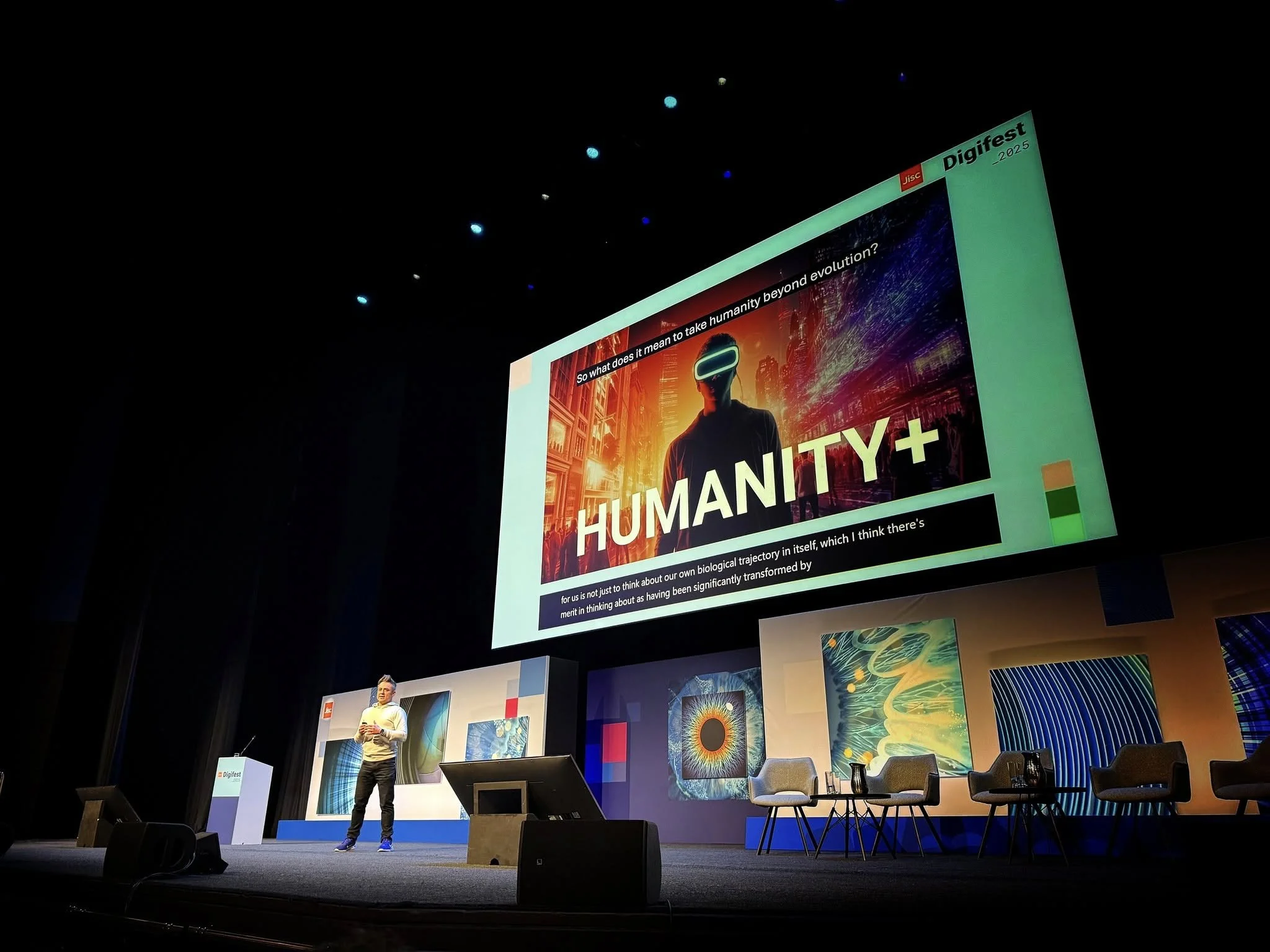
Make it stand out
What’s been happening?
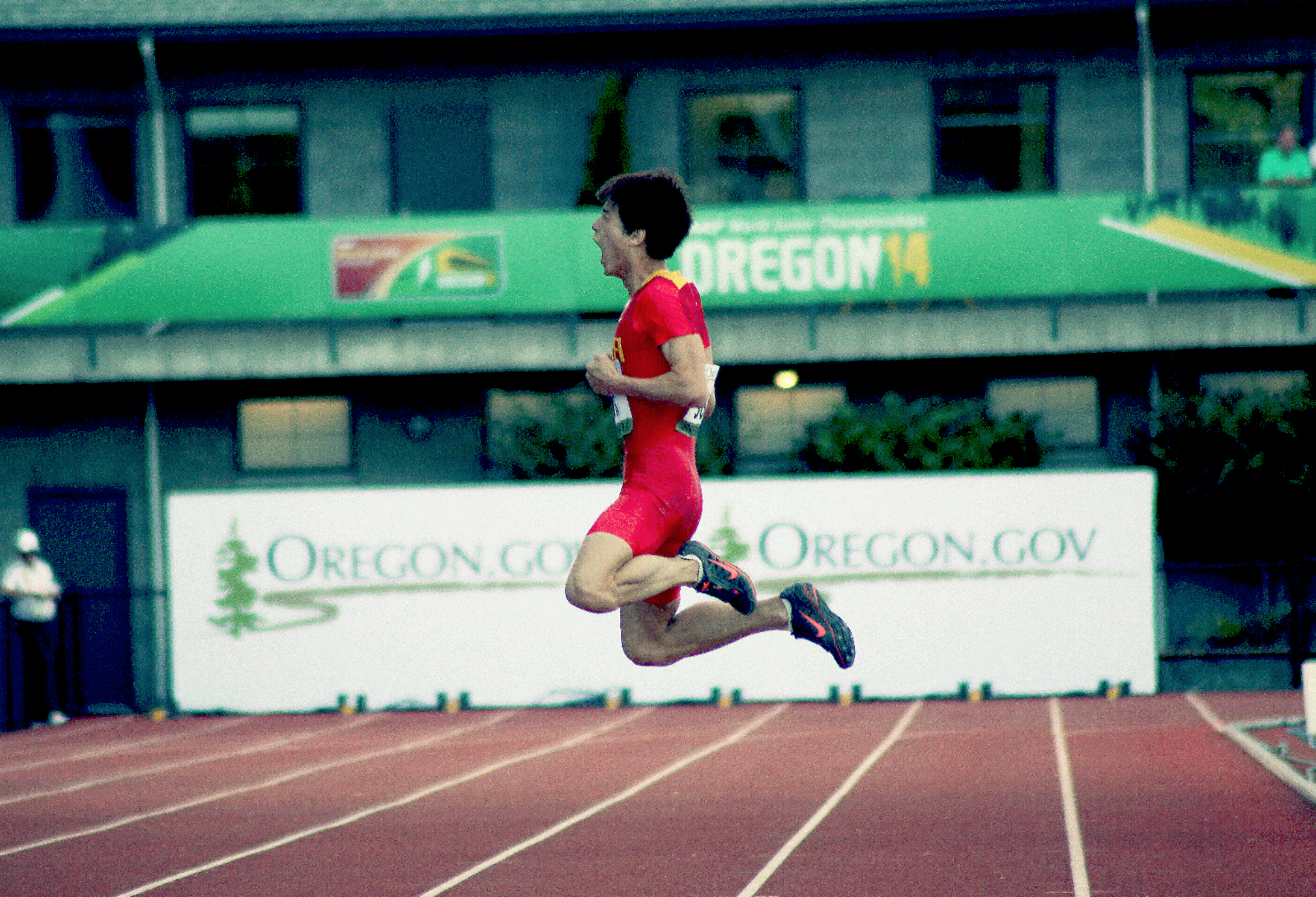
How corrupt is sport? #AntiCorruption
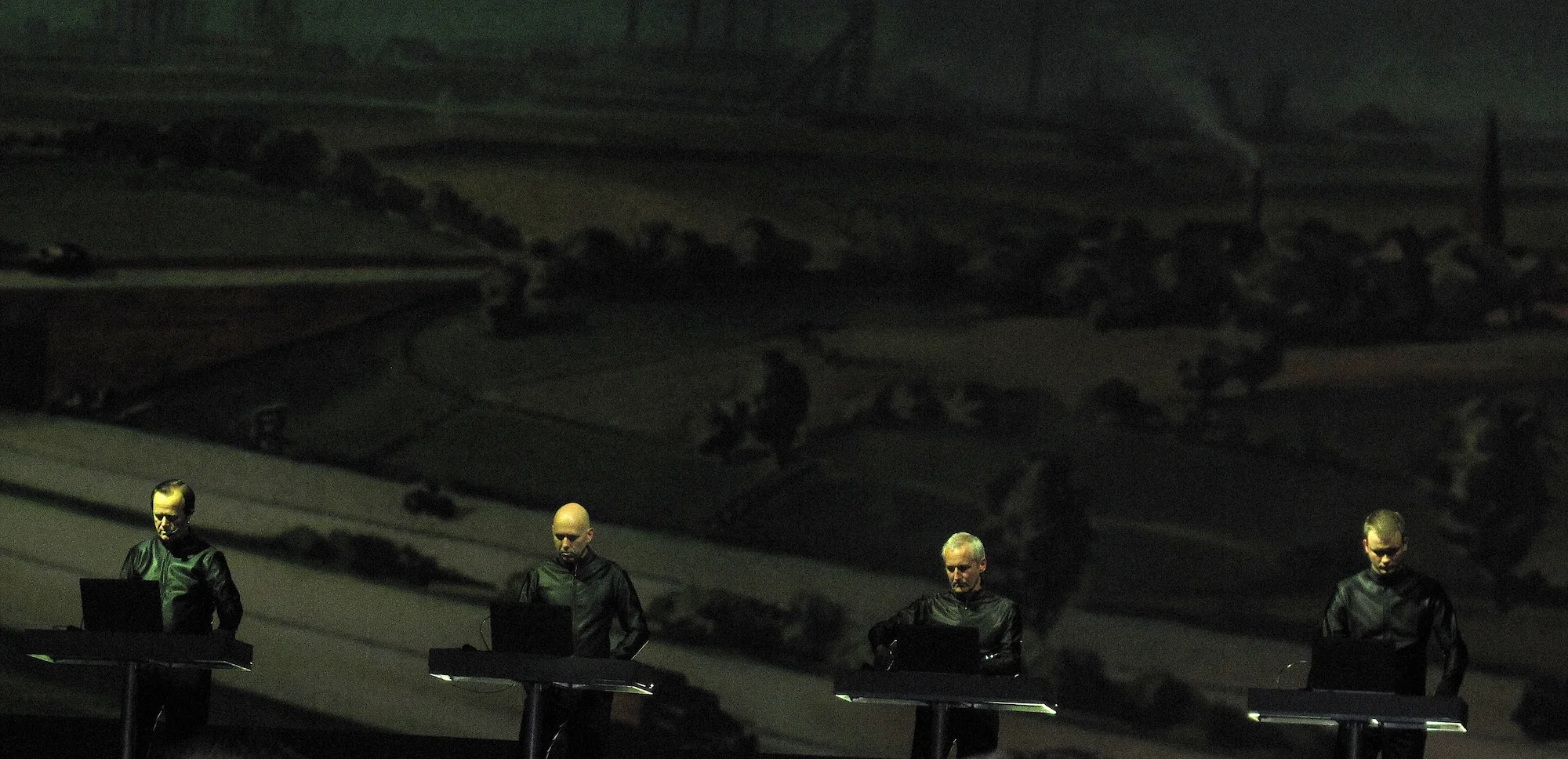
How to create an impact with science communication
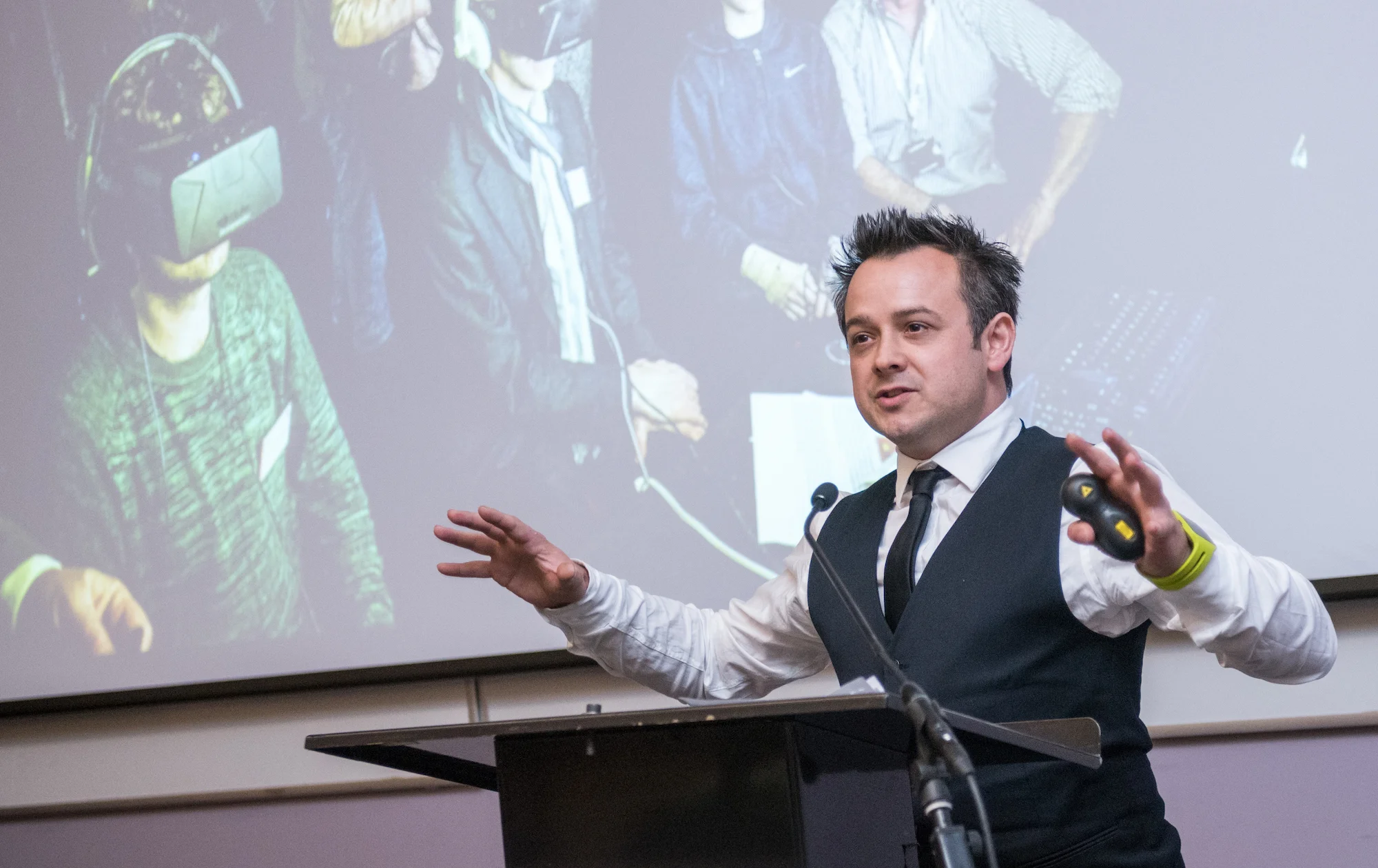
What will virtual reality sport experiences feel like?
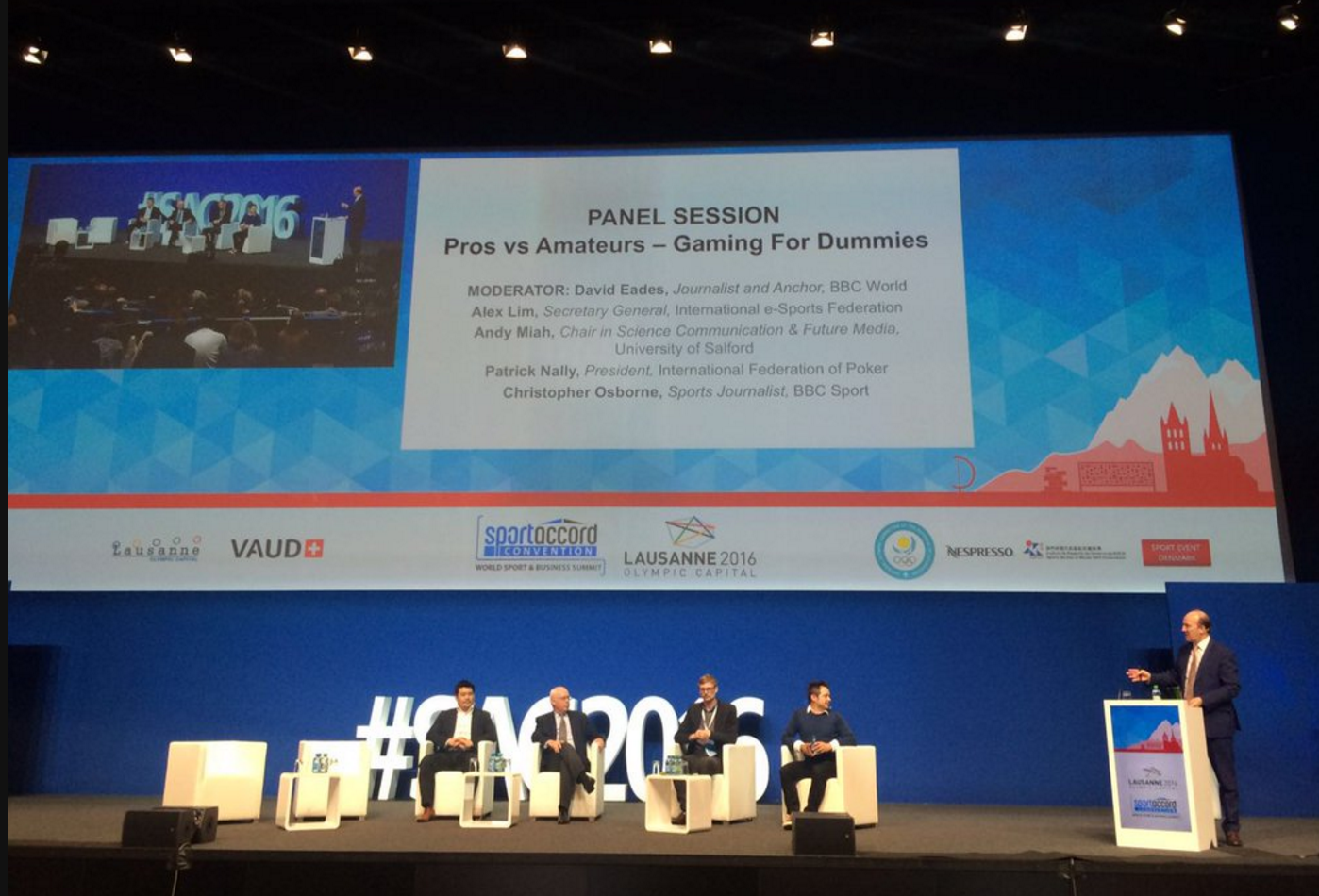
In the future, all sports will be e-sports #SAC2016
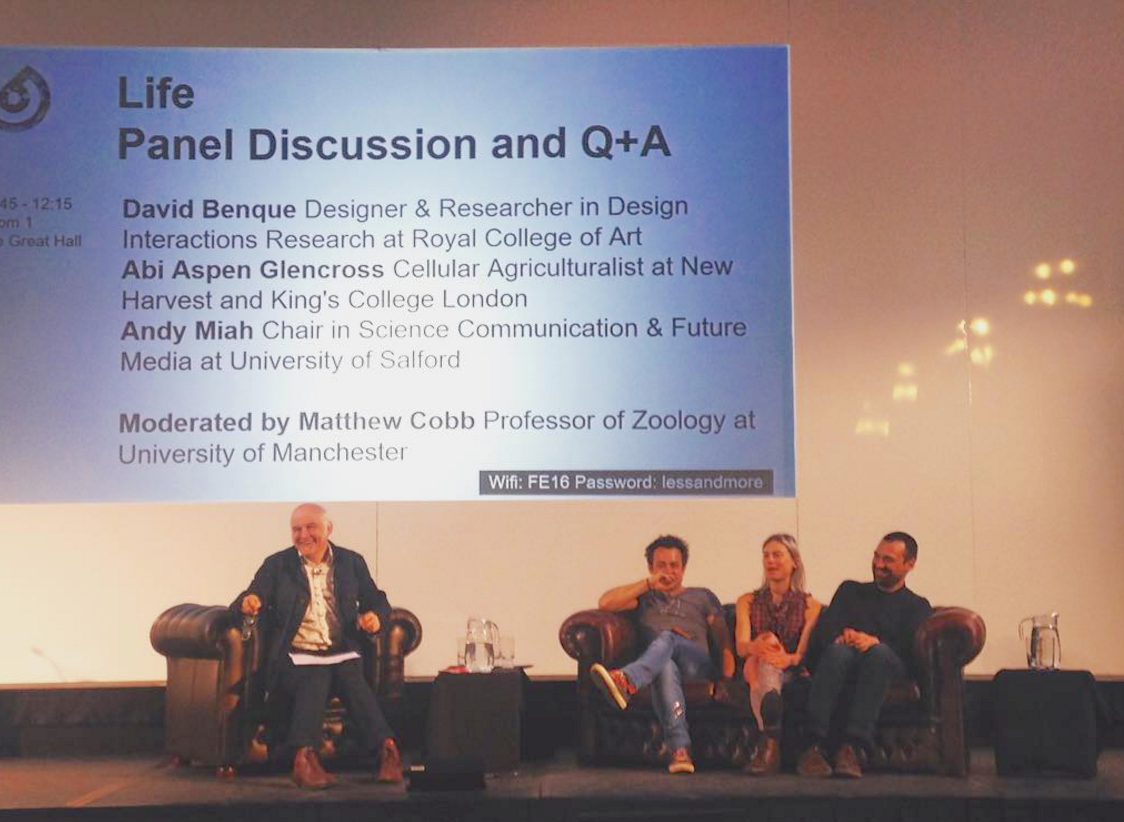
LIFE 2.0 Future Everything #Futr16
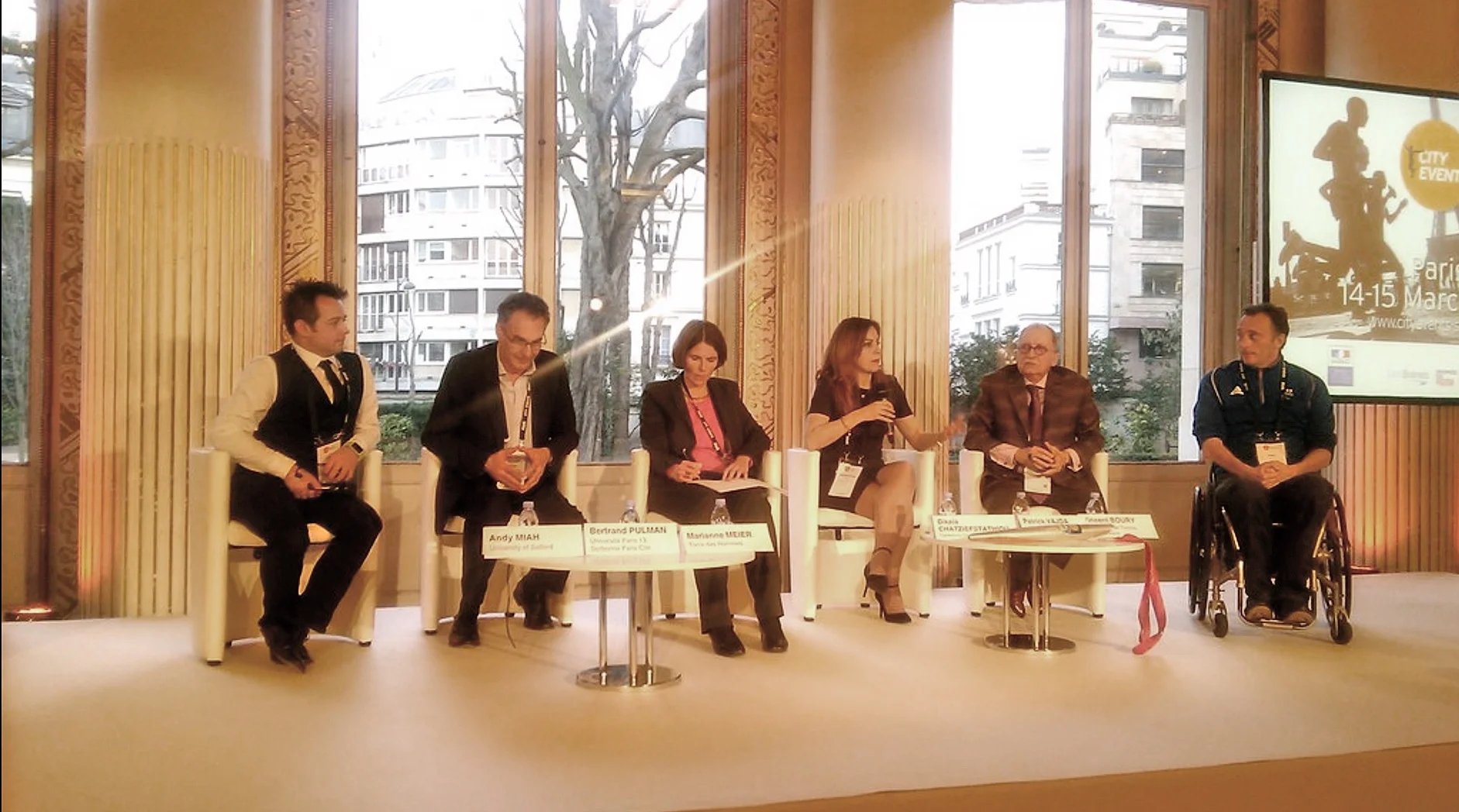
City Events 2016

Leap into Science Blogging

Sport's Digital Revolution

the $50b Mobile Health Industry

Drones for Film

Life After Extinction

Prolific North Live

eSport Summit

Future Hospitals

Sport 2.0

Drone Expo

IOC #athletesforum

#futureday @thisisGorilla #MSF

Making Digital Work

